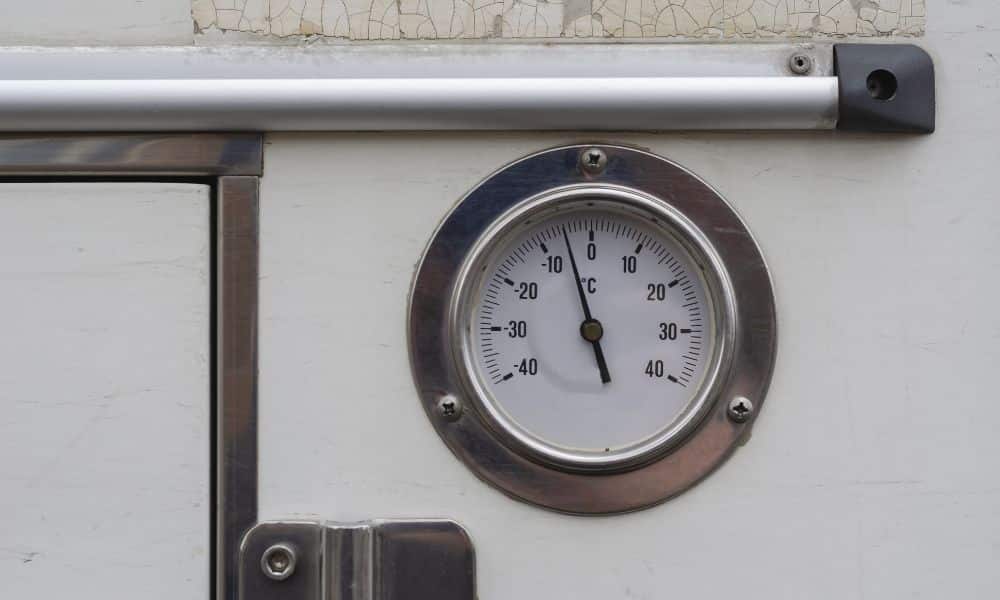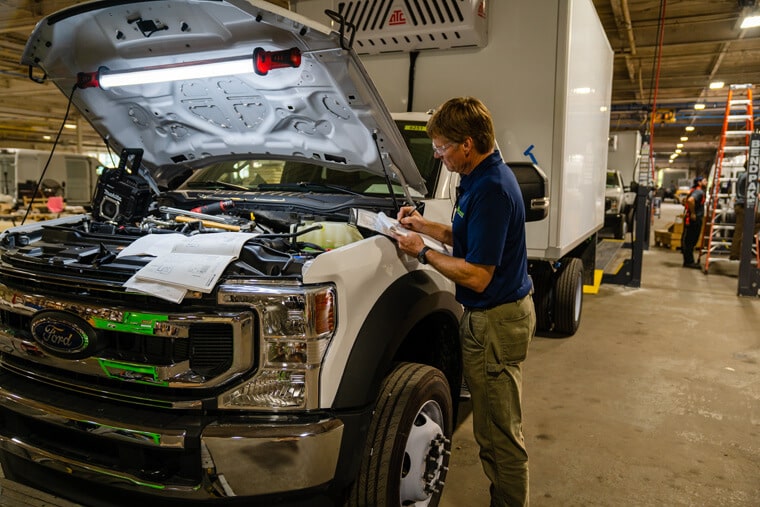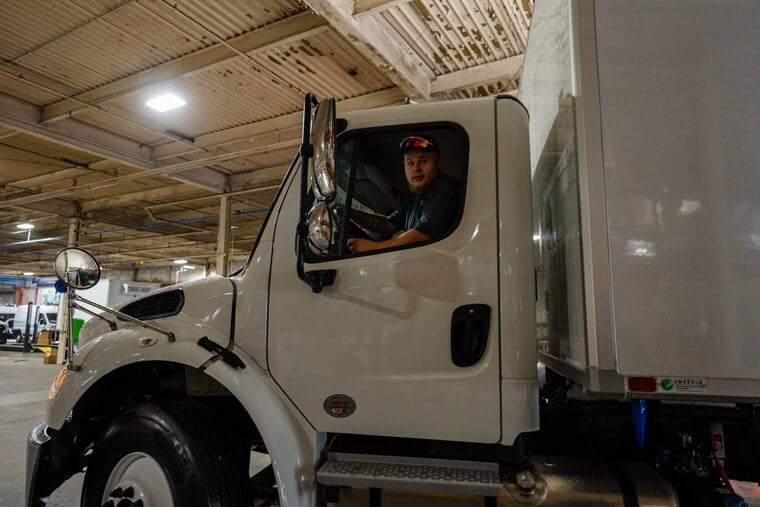
What Is Last Mile Delivery? Challenges, Costs, & More
Todd Cawley | June 7th, 2022
Last mile delivery refers to the transportation process from a distribution center to customers’ front doors. People also call it last mile logistics. Its goal is to provide goods quickly, affordably, and reliably. Companies like Amazon have revolutionized online retail distribution through last mile logistics, but this transformation doesn’t come without a price. Last mile delivery has challenges, costs, and more that come from a product’s delivery accounting for more than half of shipping costs and route complexity for delivery trucks. Gain insight into last mile delivery and how the process impacts retail distributors.
Lower Speed
The local road and traffic situation affects the average speed of product deliveries. Interrupted routes, especially in urban areas, significantly impact a fleet’s average speed and fuel efficiency.
Failed Deliveries
Distributing goods to a fulfillment center or chain partner doesn’t have the same risk of failed deliveries as delivering to a customer. Inaccurate shipping, especially e-commerce shipping, requires prioritization. Otherwise, the result is costly.
Complex Routes
Last mile delivery caters to a broad number of individuals in various locations. Last mile delivery welcomes complex routes for reaching each customer’s doorstep. Unfortunately, this can lead to more out-of-route miles. A business has more out-of-route miles when it spends mileage on its delivery fleet without compensation.
Returns and Discounts
Last mile delivery has posed a new challenge for e-commerce fulfillment by increasing the average return rate. If a retail distributor sells online, it must logistically account for returned items. The returns, refunds, and additional discounts for exchanged items have a real business impact on last mile delivery.
Now you know what last mile delivery is and its potential challenges, costs, and more. Investing in high-quality vehicles, such as beverage delivery trucks, is a critical first step for benefiting retail transportation. Emerald Transportation Solutions is your one-stop shop for all your delivery vehicle needs. Explore our broad selection of insulated trucks, vans, and reefers to optimize your transportation process.
Related Articles
Contact Us
Feel Free To Contact Us If You Have Any Questions
What does under DOT mean?
Questions regarding DOT requirements come up often. 10,000 lbs GVW (gross vehicle weight) and over are commercial vehicles that fall under the Department of Transportation regulatory requirements.
What is the difference between GVW and payload?
GVW or Gross Vehicle Weight is the entire weight of the vehicle including the payload. The payload weight represents the amount of cargo you are hauling.
What is a self-powered unit and a vehicle-powered unit?
A self-powered unit has its own fuel source and will run independent of the truck. This is the heaviest and most expensive option. While vehicle-powered units run off the engine via a compressor mounted on the engine. These are less expensive and lighter in weight but you must run the truck or plug the electric standby into shore power.
What does K-factor mean and why is that important?
K-factor is a term that stands for the overall insulating value of the container (truck body). Quite simply the lower the K-factor the better the truck body will be able to maintain a given temperature and require less energy to do so.
How much lighter is a Poly Van vs a US spec body?
Poly Van bodies are very light. On average we estimate we are 75-150 lbs per foot lighter than a traditional sheet and post foamed in place body. These weight savings translates to less fuel burn and less CO2 emissions, along with added payload, the most important benefit.






